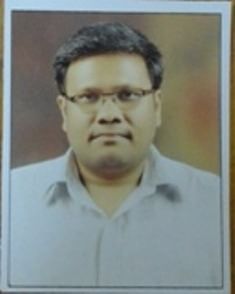Get the App
For Doctors
Login/Sign-up
Dr. Pankaj Kalasva
Dentist12 Years Exp.
MDS - Periodontics
Nashik
₹ 200 at clinic
₹ 100 online
Preeti Multispecilaity Dental and Implant Clinic
Shop No-6, Suchuntan Paramount, Kaveri Heights , Near Ashoka Universal High School , Khode Nagar
Consultation Fee: ₹ 200
View All Slots
Personal Statement
My favorite part of being a doctor is the opportunity to directly improve the health and wellbeing of my patients and to develop professional and personal relationships with them...read more
Doctor Information
Speciality
- Dentist
Other treatment areas
- Periodontist
Education
- MDS - Periodontics , Mahatma Gandhi Vidya Mandirs Dental College Hospital , 2013
Languages spoken
- English
- Hindi
Clinic Location
Shop No-6, Suchuntan Paramount, Kaveri Heights , Near Ashoka Universal High School , Khode Nagar
Clinic of Dr. Pankaj
| Clinic's Name | Fees |
|---|---|
| Preeti Multispecilaity Dental and Implant Clinic | ₹ 200 |
Get Help
Services
Book Clinic Appointment with Dr. Pankaj Kalasva
Preeti Multispecilaity Dental and Implant Clinic
Shop No-6, Suchuntan Paramount, Kaveri Heights , Near Ashoka Universal High School , Khode Nagar
₹ 200 at clinic
See all timings

